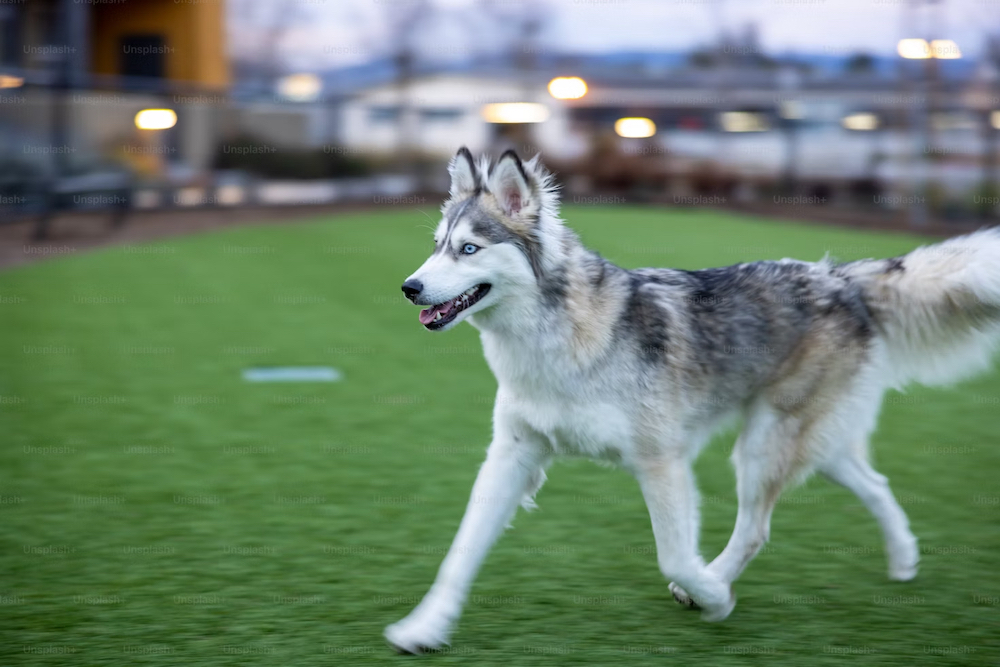A common question I receive from prospective clients for my dog training services is “what training methods do you use?” Displaying my characteristic ineptness in the niceties of double-speak and the various marketing mantras designed to dazzle, I resort to a radical approach and simply tell the truth. To wit; “Sir/Madam, I use the method that works for your dog.”
A moment of silence normally ensues as people expect to be harangued by a slick sales pitch. I am not a salesman but an old dog trainer merely trying to center people on the bottom line goal that they should hope to achieve.
A Learning Experience
After spending a sizable portion of my life providing in home dog training and treating the behavioral issues of canines, I consider myself well versed on the many proposed methodologies. I consider myself a life-long student of canine behavior and intently study each new concept relating to my field. I incorporate good ideas and discard (sometimes laugh) at the bad ones.
Flow Training
I call my method Flow Training because my experience has to lead me to the strongly believe that the following factors all flow from the relationship the dog has with his human.
- True Dog Obedience.
- Canine Contentment.
- A Situation That Results in a Well-Behaved Family Dog.
If the dog trainer employs brutish instruction, the dog will react by being frightened, depressingly submissive and possibly neurotic. Unfortunately, this was the norm in dog training for many years and dog training involved dominance enforced by methods that bordered on torture. As with all extreme methods, there was the inevitable extreme backlash. I now read of trainers who forbid the use of the word “NO” as being too harsh a correction.
Extreme Positions Tend To Result In Extreme Outcomes
Previously I encountered countless dogs that presented an almost neurotic passivity. Now I routinely encounter the opposite effect in countless dogs who are so coddled and confused that they express this recent “purely positive training philosophy” by likewise presenting various forms of canine insanity such as:
- Separation Anxiety.
- Aggressiveness.
- Generally Bad Behavior.
Sometimes this can get VERY bad, to the point where the owners are on the verge of euthanizing their dog.
Gentle readers, I suggest and practice rejecting the extremes. You will not have a dog that is a lovable member of your family by whipping him into submission. Likewise, when you read of a trainer that adheres with slavish devotion to purely “positive” training, there’s also a downside. “Positive” training will result with having a dog that will only do tricks for treats and view you with more contempt than love and devotion.
There Is No One-Size-Fits-All Solution
A final thought to consider is that dogs are different. This is common sense but often ignored on the altar of promoting a current fad in training. Some dogs will need to be dominated to re-ground them in the concept that you are the leader. Other dogs will need to be treated like fine porcelain objects that require the gentlest of interaction. But the overriding consideration for a truly successful trainer must be how to truly help the dog and family interact in a way that results in a joyous, loving bond that is neither based on fear or bribery.
One size fits all methods simply are counterproductive and actually harmful. So any method of training that is based on a rigid ideology is unsound and ill-conceived. As such, this can result in both your total exasperation and possible harm to your dog. If we do not adopt a flexible and individual approach to what will truly help make your dog the best that he can possibly be, then we are doomed to defending theories rather than helping dogs.
Written by Sandy Finley of Perfect Manners Dog Training, Near Plainfield, IL

